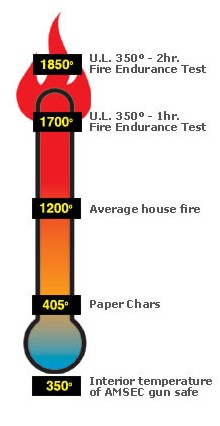Your safe is the last line of defense between your valuables and a thief. A safe buys you extra time, time to protect your valuables from a thief who has invaded your https://easttnsafedr.com/ or business. Thieves are in a hurry; they are in and out quickly, wanting to get the job done before they get caught. Most https://easttnsafedr.com/ burglaries last just 10 minutes or less.
- Mon-Fri 8:00AM-5:00PM EST
- East Tennessee
- easttnsafedr@yahoo.com
FAQ’s
Frequently Asked
Questions
All of our services are backed by our 100% satisfaction
guarantee Our Safe Technicians.
-
Why do I need a safe?
-
How do I choose the right safe for my needs?
Increased peace of mind comes with the right safe. A false sense of security comes with the wrong safe. There are good reasons some safes cost $100 – $300 and other safes cost $600 – $1,000+. You will get the protection you pay for, and no more. We hope your safe is never put to the test. But if it is, the decision you are making now is very important. Make a list of the items you want to place in the safe to help determine the size safe you’ll need and the content value. Some of the most common secured items are:
• Cash
• Precious Metals (gold & silver)
• Collections (coin and stamp)
• Firearms & ammunition
• Jewelry
• Photography equipment
• Estate valuables, heirlooms
• Documents (trusts, wills, tax docs)
-
What do the safe labels and ratings mean?
For comprehensive information on burglary and fire ratings see our Burglar & Fire Rating Guide. Why ratings and labels? The insurance industry established the system for rating safes. A consumer purchasing a rated safe is assured of a certain level of protection. Insurance companies establish coverage rates based on the level of protection afforded by a particular label. Insurance companies in the United States generally require an Underwriters Laboratory Burglar or Fire Label. Safes are labeled or classified using two different methods: construction classification and performance classification. Construction classifications include B, C, E, ER, F and G ratings. Performance classifications include RSC, TL15, TL30, TL30x6, TRTL15x6, TRTL30x6 and TRTL60x6 UL labels.
-
What is the difference between a burglary and fire safe?
Generally, a fire safe offers minimal burglar resistance. This is because of the nature of the material used. Not all burglar safes are fire resistant. The most popular safes for https://easttnsafedr.com/ have both burglar and fire resistance. The best safes are rated by UL and / or Intertek-ETL as to their level of protection for burglary and fire. See the Safe Rating section above for details on ratings.
-
How does UL test for fire resistance?

The following is an explanation of the Underwriter’s Laboratories’ .fire resistant container testing procedures on the Class 350 degree F, one hour and Class 350 degree F two hour Fire Labels. -
Should I bolt down my safe?
The short answer is YES! Any time you can bolt down, do bolt down. Regardless of the weight of your safe, it is more secure if it is bolted down to something solid like a concrete foundation. This is particularly critical when the weight of your safe is below 450 lbs. There are however caveats to bolt down.
